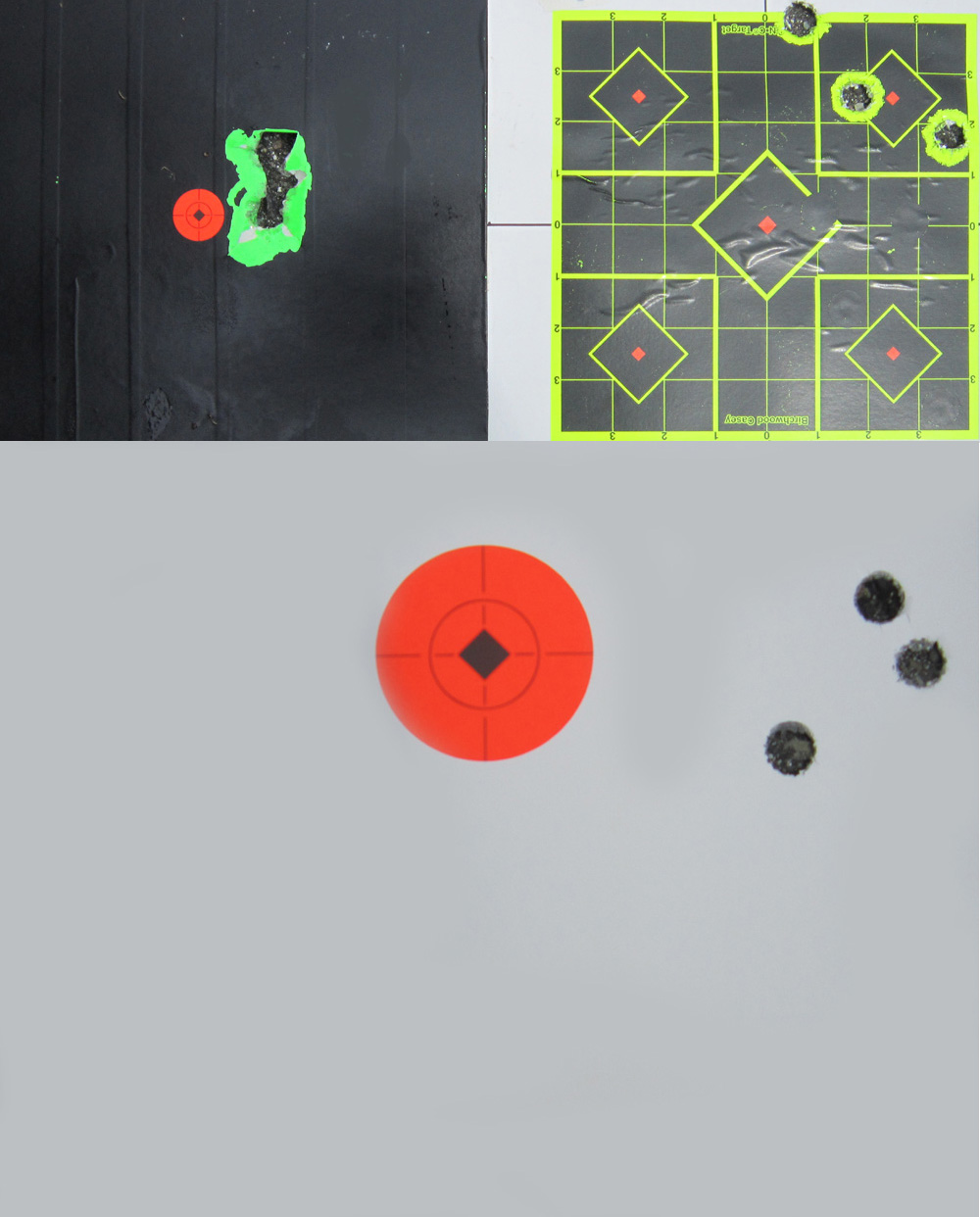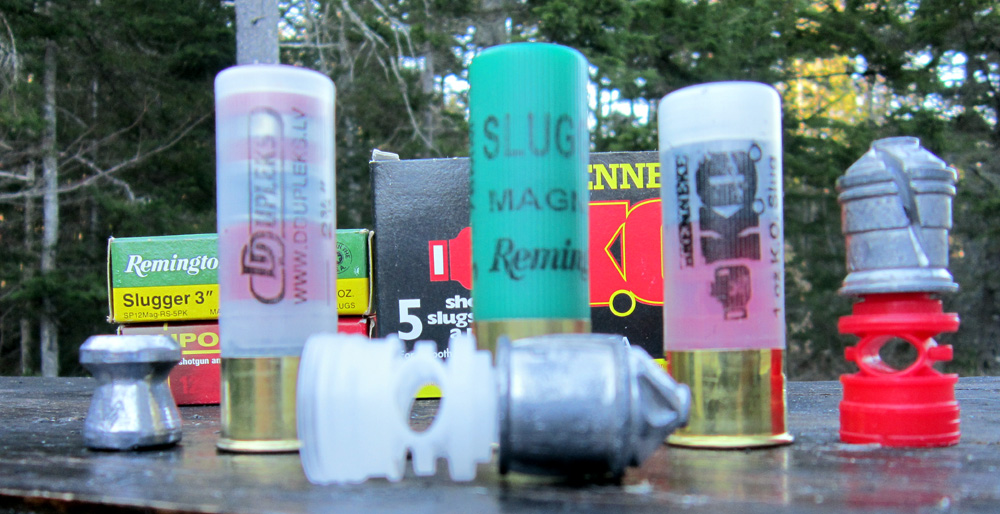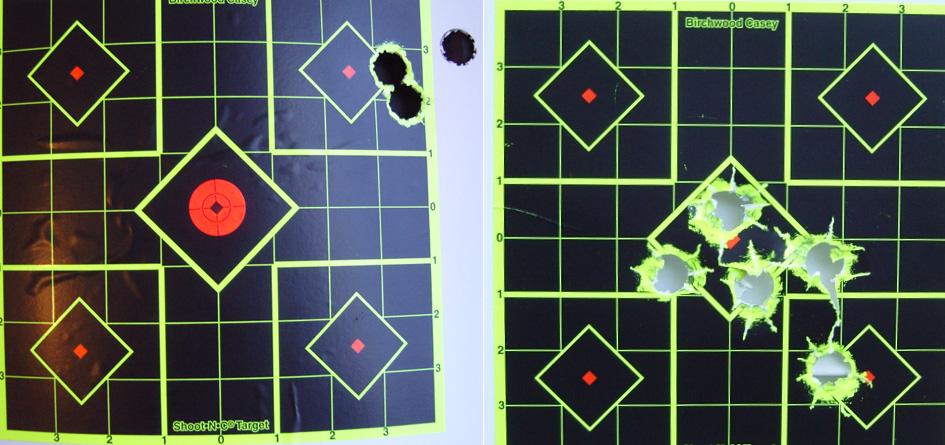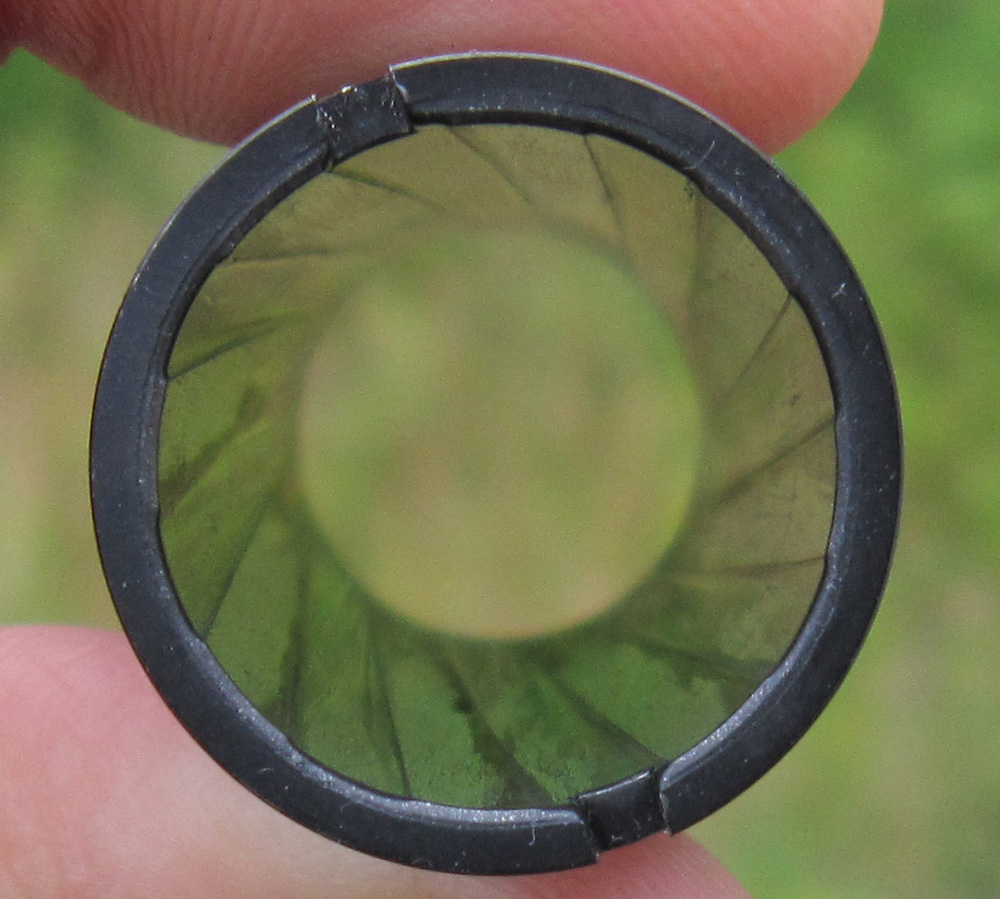As I’ve mentioned in previous articles, in recent years my weapon of choice for all game large and small has been a smooth bore shotgun of one type or another. Admittedly, one of the reasons for this is financial in nature. The economic near-apocalypse of the last few years did not leave me unscathed and the resulting scramble for household austerity forced me to pare down my once extensive firearms collection to the bare bones.
Essentially, I kept only firearms that were incredibly versatile or those to which childhood memories were attached. There is simply no denying that a smooth bore shotgun is possibly the most versatile firearm in existence, capable of all manner of tasks from personal defense to hunting small and large game animals. If you can only keep one gun, it makes sense to keep the shotgun.
An additional part of my newfound affinity for the shotgun is my contrary nature. In America, the rifle is king, especially for big game hunting. Even in locales where centerfire rifles are prohibited for hunting use, most hunters employ a rifled shotgun barrel to milk as much accuracy out of their slug launchers as possible. While such measures are practical, I enjoy going against the grain and love to entertain the fantasy of bagging a deer with a retro smooth bore shotgun at less than 50 yards while other hunters try to snipe them at 200 yards with a scoped rifle. While this fantasy has yet to manifest in reality, I have – after a few years of exploring the capabilities of the smooth bore slug gun – found that such a platform is capable of far more than most hunters assume.
Understand and accept the limitations
In order to fully appreciate a smooth bore slug gun, the operator first has to accept and even embrace the limitations of the platform. A smooth bore firearm is simply never going to demonstrate the same level of accuracy as a rifle and will never excel at distances much past 100 yards with 75 yards and closer being the weapon’s ideal zone. With a 12 gauge shotgun of any sort, MOA groups are pretty much physically impossible due to the size of the projectile itself. Even cloverleaf group will exceed one inch in size.
Additionally, because a typical shotgun slug flies very slowly (usually at 1,600 f/s or slower) and is a very stout, wide, projectile, wind deflection is going to be an issue at ranges beyond 50 yards. I’ve personally witnessed a very gentle, pleasant, cross-wind move my slugs five inches away from the point of aim at 100 yards. The shooter can learn to compensate for a crosswind up to a point, but such a task becomes increasingly difficult with every incremental increase in distance and wind speed.
Finally –due once again to the slug’s poor sectional density and ballistic coefficient – the projectile is going to rapidly decelerate resulting in rapid drop and a significant decrease in kinetic energy.
The bottom line is that if a hunter frequents terrain where he or she cannot get within 100 yards of the quarry, that hunter will be best served with a rifle where legal or a dedicated, rifled slug gun. Just as a pickup truck will never win a race with a Ferrari, a smooth bore slug gun will never be an ultra-long-range game getter.
Advantages
Given its limitations, the obvious question to ask is why a big game hunter would bother with a smooth bore at all. While the reasons are numerous, the most prominent may be the versatility of the platform.
I’ve previously alluded to the fact that I’m not a very good deer hunter. In fact, I may very well be the world’s worst, unluckiest, and probably cursed deer hunter. For whatever reason, I just don’t see too many of the things when I’m after them.
What I do see quite often, are other delicious and abundant game animals such as snowshoe hare and ruffed grouse. When I simply cannot figure out where the deer are (which is pretty much always) I can easily abandon my dreams of big game, load up with some birdshot, and instead try to end the day with some bacon wrapped partridge breast on the grill. A centerfire rifle or rifled barrel shotgun does not allow for such last minute game changing.
Another advantage of the smooth bore gun is the lower cost associated with feeding it in comparison to rifled barrel models. Some of the modern, highly engineered, sabot slug loads now available can cost upwards of $5 per round. Such a price makes adequate practice a costly endeavor. By contrast, inexpensive Foster style slugs such as the Remington Slugger cost $1 a round or less to fire. More premium options such as the slugs offered by Brenekke are considerably more expensive, but are still far more affordable than saboted projectiles.
Ballistically speaking, a basic, Foster or plumbata slug may be ideal for up close and personal big game hunting in thick brush. The reason for this has nothing to do with the fabled brush busting abilities of wide heavy, slow moving chunks of lead. In fact, there exists evidence suggesting that no projectile, large, small, fast or slow is immune to deflection in brush. The real benefit of the shotgun slug at close range is that it’s going to punch a large hole in any animal properly hit and a slug made from a sufficiently hard alloy is going to punch both a large entrance and exit wound. If the quarry doesn’t drop in its tracks due to the massive amount of tissue destruction inflicted by the slug, the large wound should maximize the blood trail, easing somewhat the chore of tracking and finding the animal in places where the woods are exceptionally thick. While there are large bore rifle rounds available that will also poke a gaping hole at close ranges, they simply do not offer the same versatility as a shotgun and are typically a more expensive platform.
Capabilities
Although it is true that a smooth bore shotgun loaded up with slugs will never rival the accuracy of a centerfire rifle or even a dedicated, rifled barrel slug gun, the reputation the smooth bored have for inaccuracy is somewhat undeserved. An adequately sighted –meaning something more substantial than a bead at the end of the barrel – smooth bore shotgun is capable of better accuracy than most would expect. Consider for instance, the targets below.
Both groups were printed by a 12-gauge Benelli Nova Tactical (18.5-inch barrel, improved cylinder choke, and ghost ring sights) from a bench rest position. The left group was made by 1-ounce Brenekke K.O. slugs at a range of approximately 60 yards while the right group was printed at 50 yards by handloads incorporating Gualandi 1-1/8-ounce Dangerous Game slugs. Neither group would win a competition, but both are more than adequate for big game hunting.
Are rifled choke tubes worth the cost?
A hunter who owns a shotgun threaded to accept choke tubes has the option of purchasing a rifled tube which, as the name implies, adds a few inches of rifling to the end of the gun’s barrel. Many skeptics have doubted the assertion that a slug engaging a short rifled section of barrel after already reaching near maximum velocity will be appreciably more accurate and some insist that a rifled tube will in fact be detrimental to accuracy.
My experience has been that while a rifled choke tube will improve accuracy for slugs such as Fosters and Plumbatas, which are already balanced to fly true from a smooth bore gun, a rifled tube will likely not stabilize sabot slug loads that are optimized for fully rifled barrels.
After installing a rifled tube in the 12-gauge barrel of my Baikal MP94, three shot slug groups at 50 yards went from two to three inches in size to cloverleaf groups for some loads. At 100 yards, I was even able to print a three shot group using inexpensive Remington Sluggers that was around 3-1/4-inches in size. Once again, such a group is nothing that will win a contest, but it’s certainly nothing to scoff at either.

Above: Slug groups fired through a rifled choke tube. The bottom-most group was the result of 3″ Remington Sluggers fired from 100 yards away.
It is evident that a rifled tube will improve accuracy, but it is debatable as to whether or not the improvement is substantial enough to justify the cost of the tube.
The bottom line
Obviously, a smooth bore slug gun isn’t the be all and end all for big game. If I lived in an area where the terrain was largely open and 100 to 300 yard shots on game were common, the pumpkin thrower would stay in the safe in favor of something much flatter shooting. However, when the terrain is thick and nasty and the hunting is of the up close and personal variety, a good old fashioned, low-tech smooth bore will find itself right at home. (4157)







